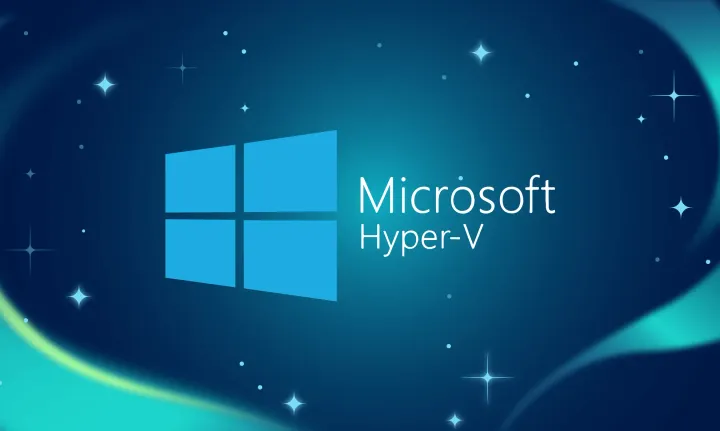Know what Process is calling your SPClaimProvider
If you’re writing a custom SharePoint Claims Provider (SPClaimProvider) in order to augment claims, it’s important to also understand what process is executing your specific code path. In the situation where you are making calls to a DB or service endpoint you will need to understand which process actually makes that call.
In situations when running in a Trusted Subsystem model, you’ll also need to RunWithElevated in order to have that code path execute in the context of the Windows Principal for that process.
The following table illustrates for the abstract members of the SPClaimProvider class when implemented and where they execute:
| Method / Property | Web App | SP STS | Timer, PS (Feature Activation Code) |
| FillClaimTypes | X | X | |
| FillClaimValueTypes | X | ||
| FillClaimsForEntity | X | ||
| FillEntityTypes | X | ||
| FillHierarchy | X | ||
| FillResolve | X | ||
| FillResolve | X | ||
| FillSchema | X | ||
| FillSearch | X | ||
| Name | X | X | X |
| SupportsEntityInformation | X | ||
| SupportsHierarchy | X | ||
| SupportsResolve | X | ||
| SupportsSearch | X | X |
So, if you have your persistence in a SQL DB, and your using Windows Authentication (and using RunWithElevated) you’ll need to grant (or have) to the appropriate SQL permissions; generally, I’ve just granted “datareader”.


